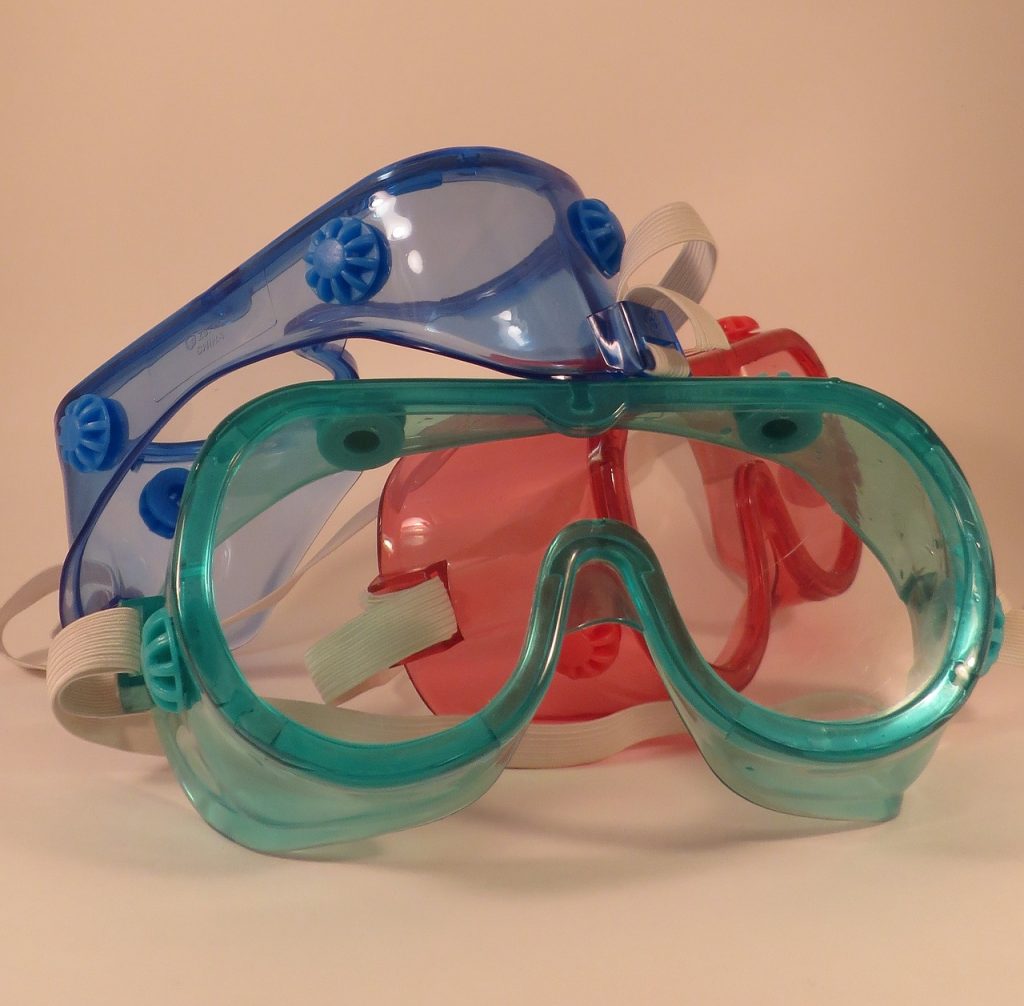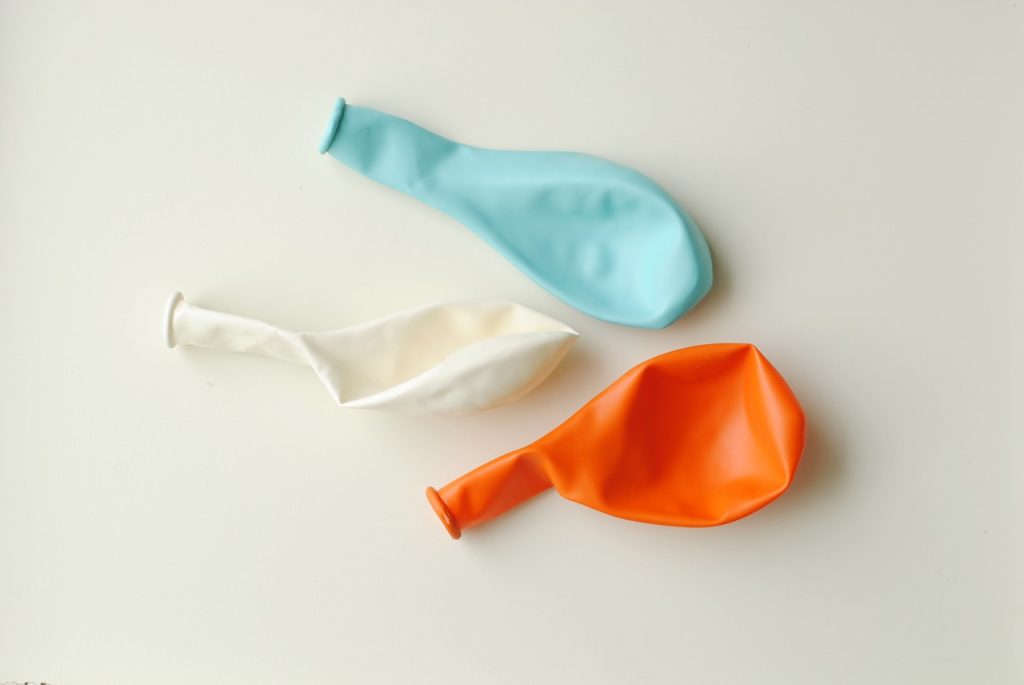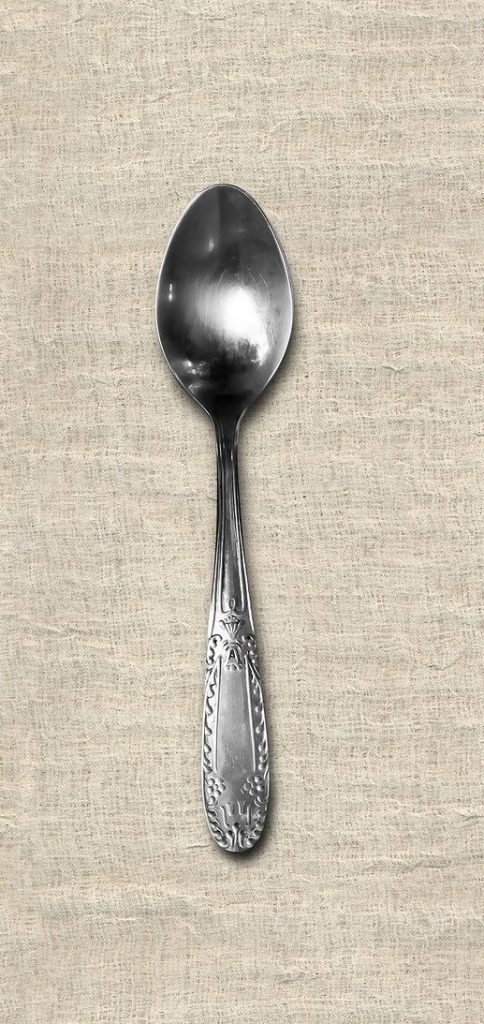Newsletter Sign Up
Sign up for our latest releases and special promotions
Sign up for our latest releases and special promotions
Welcome to the Homeschooling FUNdamentals series! In last month’s post, we talked about how learning doesn’t look like traditional learning with textbooks and worksheets. In the Homeschooling FUNdamentals series, we’ll look at icorporating fun experiments, games, and even videos into your homeschool. We’ll start the homeschooling fun with some homeschooling FUNdamental easy science experiments. Today we have five easy experiments to put the fun in fundamentals.
Let’s look at these engaging science experiments to help break up the boredom and bring the fun into homeschooling. First, let’s talk science basics before we dive into our five easy science experiments.
When you’re conducting experiments, be sure to introduce the idea of scientific method to your kids. Hypothesis– what do we think will happen? Experiment– controlled experiment to tests the hypothesis. Analysis– what happened when you performed the experiment? Results– did the experiment support your hypothesis? Remember, a good experiment should be able to be replicated. So if you have a really fun experiment, try it again to see if you can replicate the results. If your kids are old enough, have them write down their hypothesis and the steps taken to conduct the experiment. You might want to create a science notebook for recording your experiments.
If your kids are too young for writing, or if they absolutely hate the idea of writing for the science experiment, don’t force it. Talk them through the steps and ask questions along the way. It’s also okay for you to write things down for them. No matter who is doing the writing, try this worksheet from Homeschooling on a Dime to get you started.

Finally, before we discuss experiments, let’s talk about safety. Science is fun. It’s also messy and sometimes dangerous. Be sure to plan in advance where you’ll be conducting your experiments. Always take safety precautions. If you are working with very young children, keep a watchful eye on them at all times. If a science experiment calls for gloves, safety glasses, or other equipment, please abide by all necessary safety requirements.
Now that we’ve covered the scientific method and safety, let’s talk experiments. These five experiments can be done with items that you can find around the house or items that are easy to find at the store and inexpensive to purchase. I’ve broken the experiments down into easy, easier, and easiest categories.
The following two experiments might require you to purchase a few items unless you have some pop rocks and gummy bears lying around.

Ever inflated a balloon with candy and soda? For this experiment, you need latex balloons, pop rocks, a sixteen-ounce bottle of soda, and a funnel. Pour your pop rocks into the balloon, stretch the balloon over the mouth of the bottle, and watch the balloons inflate. You can add on to this experiment by trying different types of soda. Does one type of soda cause the balloon to inflate more than others? Faster than others? Which soda has the least reaction?
Want to learn about osmosis? Grab some gummy bears, a couple of bowls, some water, and some salt for this easy experiment. Create a saltwater solution and drop in your gummy bears. Soak for a few hours to see what happens. This Osmosis! Rap Science video gives a scientific explanation for what’s happening in your experiment.
A classic and all-around fan-favorite science experiment is oobleck. Is oobleck a solid or a liquid? All you need is cornstarch, water. and some food coloring to find out. Oobleck is super fun but messy so prepare your space in advance, or take this one outside. Read “Bartholomew and the Oobleck,” the Dr. Seuss book which inspired the experiment, to include some language arts as well.
The final two experiments can be done with everyday objects found around the house. Just because these experiments are classified as the easiest, doesn’t mean they lack educational value or fun.

The first experiment is from Edventures and needs only some yarn, a ruler and some silverware to explore the science of soundwaves. Simply tie a spoon into the center of the yarn and stick your fingers in your ears (really), and you have a science experiment. Want to explore the idea further? Grab a slinky, and watch this video on the transmission of sound. You can even work in some math by discussing parallel and perpendicular lines (or right angles as they say in the video).
Finally, the easiest science experiment comes from QNS. Will an orange sink or float when you drop it into water? What happens if you take the peel off? The results might surprise you and your students. All you need are a few oranges and a clear glass of water to discover buoyancy and water displacement.
There you go. Five easy science experiments to bring some fun into your homeschool fundamentals. Hopefully, these experiments will inspire you to look for more ways to work more fun and easy science experiments into your homeschooling fundamentals.
Try any of these experiments? Have a favorite easy experiment to pass along for other families to try? Let us know in the comments below.
Stay tuned for the next post in the Homeschool FUNdamentals series on incorporating online gaming into your homeschool.